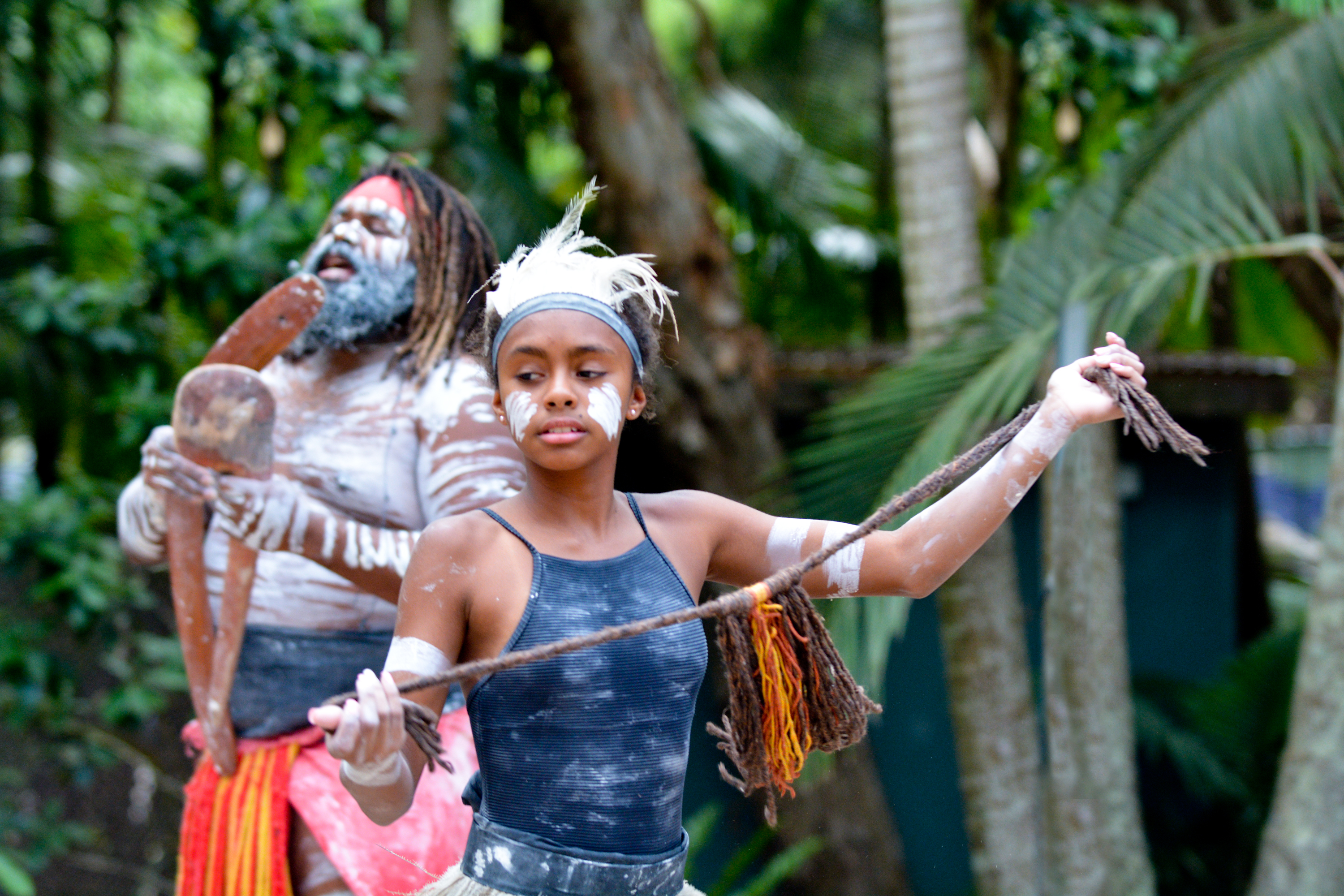Facilitating an inclusive and culturally responsive school environment requires active engagement with the First Nations community. Reflecting on the well-known African proverb ‘it takes a village to raise a child’, an adage which, when applied to the school context is particularly relevant, perfectly highlights the collective effort it takes to teach our young ones and the significance that communal involvement has in nurturing and guiding the next generation. This age-old wisdom calls for us to recognise that by bringing together schools, First Nations families, traditional owners, local organisations, and dedicated staff members, we can collectively preserve vital knowledge for our next generation to grow up with, shaping a more culturally inclusive environment.
In September of this year, we had the privilege of hosting the round table webinar First Nations Education: Insights from Schools Leading the Way. This provided a platform for three nationally recognised schools to share their experience in implementing their best-in-class First Nations Education Programs. This article will dive deeper into some of the themes explored in the webinar and provide tips on how community involvement can help shape a culturally inclusive First Nations school.
The First Nations Reference Group
The first step to developing a localised curriculum that celebrates the rich history, language, and culture of your community: look within your school to create opportunities to yarn and walk together.
To begin the journey towards cultural inclusivity, establishing a First Nations Reference Group comprising students, families, and community members is a good place to start. By engaging with those who have direct connections to the school, valuable insight can be gained into the needs and desires of the community. A Reference Group can also play a pivotal role in identifying and addressing any concerns, ensuring that your school upholds cultural protocols, and ultimately leads the school to adopt more inclusive educational practices.
Building Relationships with Traditional Elders and Knowledge Holders
The wisdom and guidance of Traditional Elders and knowledge holders are invaluable in creating a culturally inclusive educational environment. It is essential to listen and learn from them, taking into consideration their feedback and recommendations when making decisions that impact the First Nations school community.
Their insights extend far beyond advising on cultural matters such as languages, storytelling, and art. Through their teachings, students can gain a deeper understanding and appreciation for the importance of land, culture, and kinship ties within the community.
Furthermore, by involving Traditional Elders and knowledge holders in the educational process, the school is honouring and preserving their culture and traditions, bringing together different cultures and promoting mutual respect and understanding.
Embedding Language and Culture in Activities
Australia has more than 250 Indigenous languages and 800 dialects, each unique to its own people and place. Sadly, 90 per cent of these languages are considered endangered, so schools can play a crucial role in preserving and honouring First Nations languages.
The decision to include a particular language or cultural activity must involve community consultation to ensure that it reflects the values and beliefs of the respective community, something which can be particularly difficult to achieve when there are overlaps. It’s important that the School Board, Council and Elders advise on what is best for the respective community. For example, in the case of one webinar participant, Marble Bar Primary School, the community decided on Nyamal, as this is a dominant language for the area. In providing an inclusive multi-cultural community, the Council could also suggest that activities embed languages/culture from different groups.
Engaging the community in language and cultural preservation empowers schools to create enriching learning experiences that celebrate the diversity within their community. This approach not only offers language-learning opportunities, but also immerses students in cultural traditions, encouraging them to develop a profound appreciation and respect for one another's heritage.
“We’ve all got something to offer, and we shouldn’t lose sight of that. It’s really important that we reach out to those people that may not have a voice in our communities.”
Shane Wilson, Principal, Marble Bar Primary School
Inviting Local Organisations and Traditional Owners
By collaborating with local organisations, schools can tap into a wealth of cultural expertise and resources. Community engagement can take many forms, including organising cultural activities, community walks, land-based learning experiences, empowerment initiatives, and partnerships. Regardless of the activity that schools choose, by actively involving the community in these activities, schools can gain a deeper understanding of the issues and challenges faced by community members and work towards addressing them.
Additionally, having kids visit Country or having community members involved in visiting classrooms and sharing their wisdom and cultural knowledge with the school can create an authentic learning environment that bridges the gap between ‘theoretical understanding’ and ‘lived experience’. Allowing students to have an authentic connection with a community and its culture is a powerful thing when it comes to a First Nations education.
Integrating First Nations Perspectives across the Curriculum
Incorporating First Nations perspectives is crucial in supporting First Nations students' identity, promoting positive self-esteem, and enhancing their sense of belonging. Educators must accurately and respectfully integrate First Nations experiences across various subjects like history, art, and language. By integrating authentic First Nations content, educators can help foster pride in First Nations heritage and showcase the richness and diversity of Indigenous cultures to all students.
Non-Indigenous educators play a crucial role in supporting First Nations education. By engaging in cultural awareness training, building relationships, collaborating with Indigenous staff, incorporating Indigenous perspectives into the curriculum, supporting student well-being, and engaging with the community, non-Indigenous educators can contribute significantly to the success of First Nations education programs.
“In our Darkinjung Curriculum, it’s about learning about culture, through culture, as well. So, our staff are also completely engaged in the program and our community wants to engage as well, which is fantastic! It’s a water droplet effect where our young people are moving into a pattern of study where they’re able to identify Aboriginal education as a key area that they want to concentrate on.”
Ben Glachan, Relieving Principal, Gorokan High School
Conclusion
Creating a truly inclusive and culturally responsive First Nations school environment requires a continual dedication to community engagement. Through the active involvement of First Nations families, venerable custodians of tradition, local organisations, and dedicated staff members, schools gain invaluable insights that help shape their practices and policies. Together, in these collaborative efforts, you have the capacity to foster an environment in which each individual feels not only valued and respected, but also a profound sense of belonging.

Access snippets from the webinar and see what the speakers have to say:



.png)
